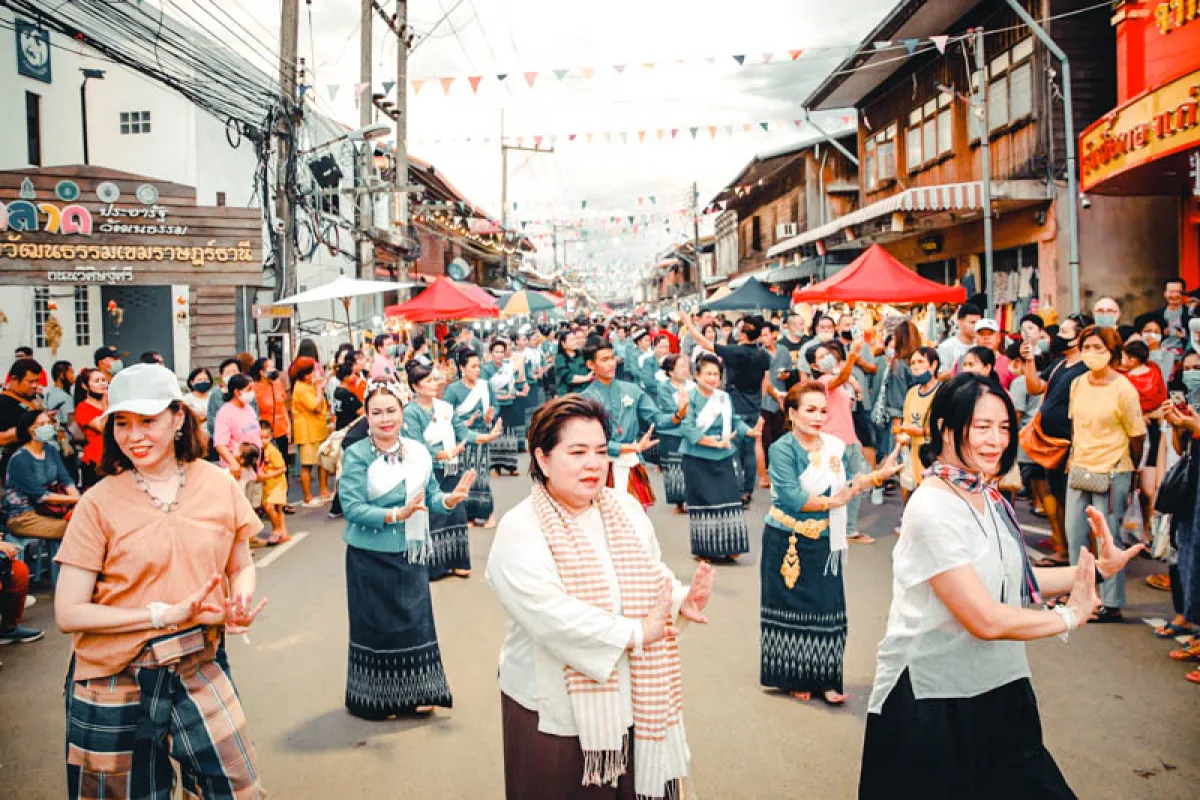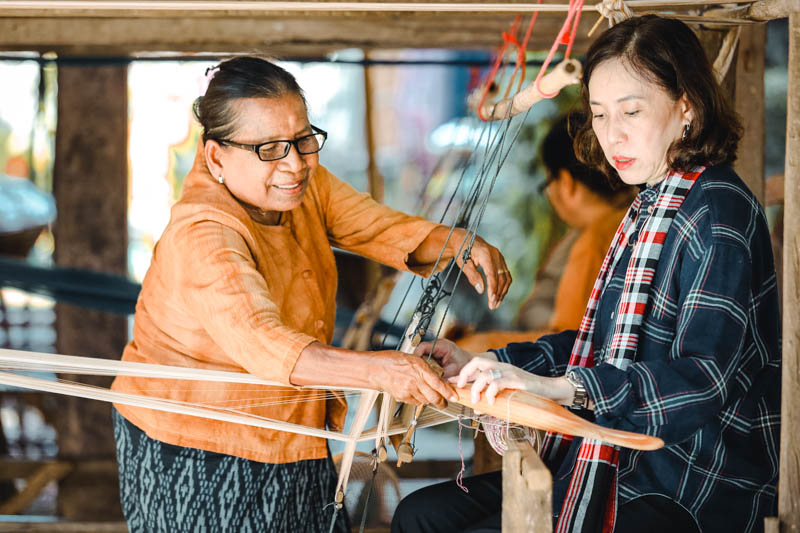
The wide assortment of cultures in the North, the central region, the Northeast (Isaan), and the South all contribute to Thailand’s overall rich mosaic of ethnic and linguistic variety. There is a distinct character and geography to each section.
The Khemarat Na Waeng and Chiat communities in Khemarat District, Ubon Ratchathani Province are just two examples of the many places that have been encouraged to open up as cultural tourism communities, so that tourists could visit and experience the way of life, culture, and experiences of the villagers.
A beautiful area in the upper Northeast, it has a long history as a Mekong River riverside settlement. Attractions for tourists, the rural simplicity of locals, and unusual cultural practices, such as the “Long Boat Races” and the “Tung Wai Dance,” all contribute to the area’s endearing allure. Visitors interested in experiencing an alternative side of Isaan culture can stay in a local family's home on the Mekong river bank while they unwind from their journey.
Wat Chaiyaphum Karam (Wat Klang), an ancient and revered temple of the villagers in Khemarat, is just one of many tourist attractions that promise visitors they won’t be disappointed if they come here even just once. When the Mekong River is low, in the dry season, you can enjoy the area’s sandy beach, another must-see attraction. You’ll be able to make out every grain of sand on this beach. Locals and tourists alike visit in the evening to watch the sunset, which is especially romantic.

Palang cuisine is especially mouth-watering when enjoyed while watching traditional performances like the Bai Sri Su Kwan dance, Morlam singing in the Tang Wai style, Morlam singing in the Phu Thai style, or Morlam singing in the Phaya style. Even more impressive is the fact that the women in this community dress in skirts made of stunning traditional fabric.
Some of the other attractions in the area include the Mae Tiw Weaving Group, Khem Rat Thani City, the Khong Chiam Puranawat Temple, and the Khmer Cultural Road. Once you’ve made it to Khemarat, you haven’t truly arrived until you go to check out Khemmarat Cultural Street or Khemmarat Walking Street.